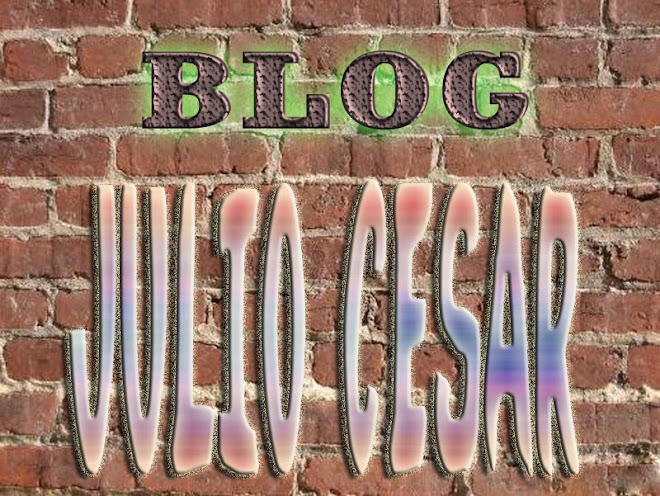
24/08/2018–31/08/2018
Headlines
Eye-tracking is a technique that captures the eyes’ behavior during reading—both when the eyes remain fixed on a part of the text or when they “jump from word to word”. A database of eye-tracking data obtained from reading done in Russian—the first of its kind—is now available. The database is reported to be a useful resource for making cross-language comparisons, and comparisons involving “children…the elderly, and patients with aphasia”. For our in-house take on eye-tracking, check out our Unravel article: Psycholinguistic experiments: From fingers and eyes to what’s in our heads!
Recently in New Zealand, prime minister Jacinda Ardern announced plans to raise her newborn daughter bilingually in Māori and English. What are the challenges ahead for a growing group of monolingual, English-speaking parents who wish their children to grow up bilingual? Language on the Move‘s Ingrid Piller delves into the issues at hand in considering enrolling children in New Zealand’s specialised ‘language nests’ for Māori—also known as te kōhanga reo. These schools operate through the medium of Māori and have been highly successful in supporting bilingual proficiencies in Māori and English.
Commentaries and Features
How do immigrant parents perceive their children’s education? Language on the Move writes about Dr Fadila Boutouchent’s research on Francophone schools in Canada. Since schools play a central role in maintaining and constructing identity, Dr Boutouchent and her team looked at the experience of migrant children in Francophone schools (which are less well-studied than Canada’s Anglophone schools) and their parents’ perceptions of their education before and after enrolment.
In an age of unprecedented mobility, does it still hold that one’s location on this planet indicates one’s language or dialect? Should it? Khawla Badwan’s experiment in a UK classroom suggests the area of their city that the students lived in was a poor predictor of what dialect they spoke. Linguistic diversity is the norm, and societies should begin to acknowledge that by welcoming and accepting diversity, she argues.
Bill Hayes writes a moving tribute to his friend, neurologist and author Oliver Sacks, remembering his passion for words, writing, lexicology, and linguistics. “His love of language has a life of its own,” writes Hayes. Well worth a read.
In Montana, Carlos Oen explores the state’s Indigenous Blackfeet Nation and traces the roots of modern-day sign languages like American Sign Language, in the process discovering indigenous sign languages such as Plain Indigenous Sign Language—it’s a dying language that once thrived as the diplomatic language from northern Saskatchewan to northern Mexico. These indigenous sign languages have constructed the backbone of, but have since have been subsumed by, colonial sign languages like ASL. Oen explores the culture and identities of these indigenous “hand talkers” for The Tyee here.


Nenhum comentário:
Postar um comentário